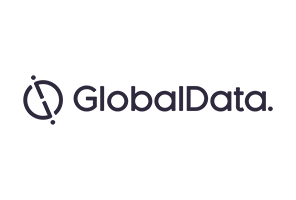Using ultrasound to monitor fluid levels in lungs offers a non-invasive way to quantify the amount of fluid present in the lung parenchyma, which mostly occurs in patients with congestive heart failure or pulmonary edema. Within this year, it is expected to be used on pulmonary patients.
Marie Muller says: “Historically, it has been difficult to use ultrasound to collect quantitative information on the lung, because ultrasound waves don’t travel through air and the lung is full of air.”
Ultrasound has rapidly entered the field of acute pain medicine and regional anesthesia, as well as interventional pain medicine over the last decade. Advantages of ultrasound guidance over conventional techniques include the ability to view the targeted structure and visualise distribution of injected medication.
The conventional ultrasound image of a lung looks like a big, grey blob, providing little information. This is because when ultrasound waves hit the air, all energies are reflected back. Such bouncing means that it takes an ultrasound’s echo much longer to bounce back to the ultrasound machine. The new approach works on characterisation of the lung tissue using ultrasound methods based on multiple scattering of waves.
Currently, Extravascular lung water, Echocardiogram, Transesophageal echocardiography, Pulmonary artery catheterisation, and Cardiac catheterisation are some techniques used to measure the amount of fluid in lungs. They work on the principles of transpulmonary thermodilution, pressure measurement, and visual images. These invasive methods are useful to diagnose the disease, but cannot quantify the amount of fluid in lungs.
See Also:
The new non-invasive approach quantifies the amount of fluid using different pathways taken by ultrasound waves and different periods of time taken for echoes to return. The fluid-filled space between air pockets is calculated thereafter. There is a significant difference between fluid-filled lungs and healthy lungs, which can be found by calculating the mean distance travelled by ultrasound waves between two air pockets.
How well do you really know your competitors?
Access the most comprehensive Company Profiles on the market, powered by GlobalData. Save hours of research. Gain competitive edge.

Thank you!
Your download email will arrive shortly
Not ready to buy yet? Download a free sample
We are confident about the unique quality of our Company Profiles. However, we want you to make the most beneficial decision for your business, so we offer a free sample that you can download by submitting the below form
By GlobalDataThis innovative technique makes use of conventional ultrasound scanning equipment with a new algorithm, which needs to be incorporated into the ultrasound software. The ultrasound based technique is expected to offer many potential advantages and overcome the limitations of the other alternate techniques.








